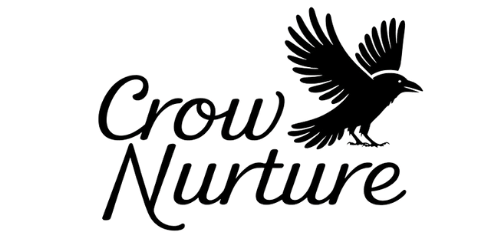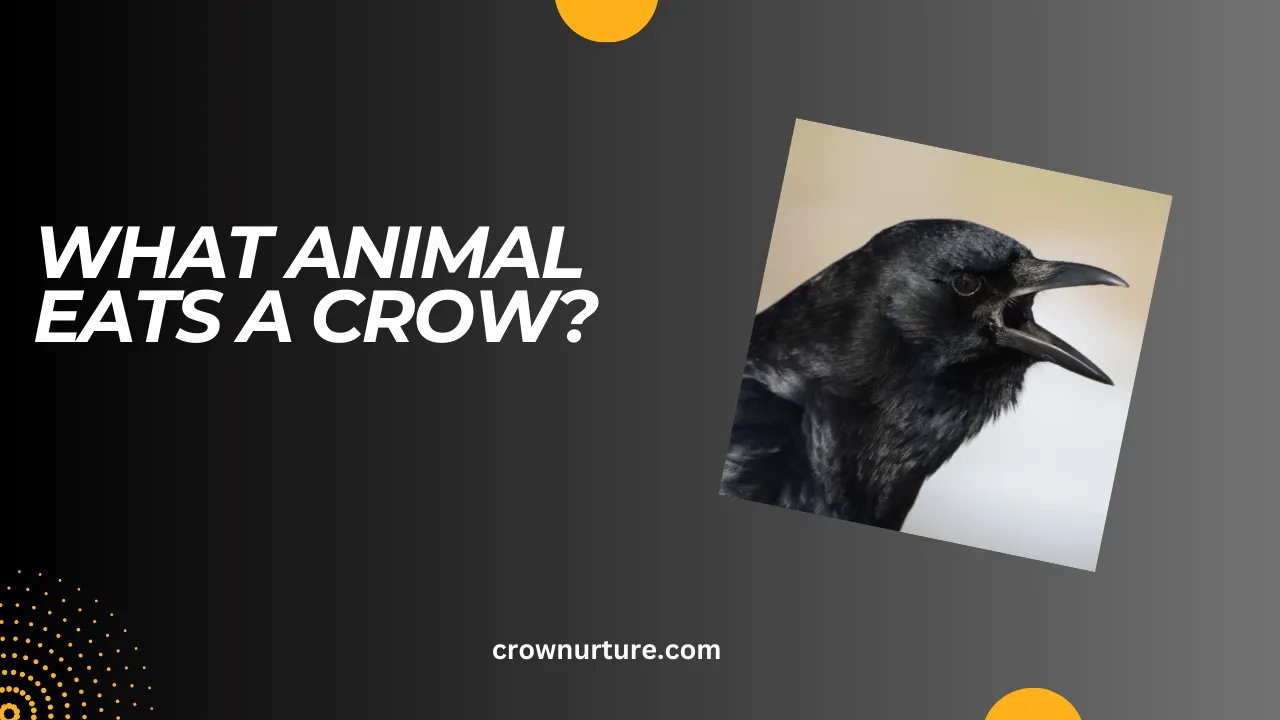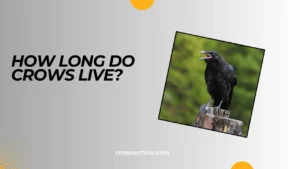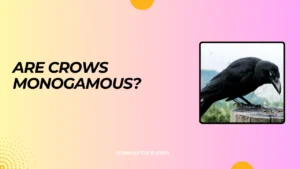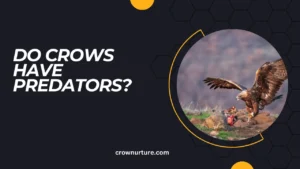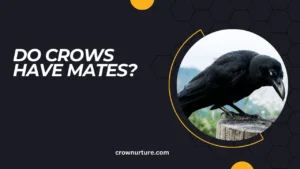Crows, with their sharp intelligence and resourceful nature, are often seen as the kings of their environment. These birds, known for their clever problem-solving and strong social bonds, dominate the skies and adapt to nearly every landscape.
However, even these seemingly invincible creatures are not exempt from the circle of life—they have predators too. The question of “What animals eat crows?” is more than a simple inquiry; it opens a window into the complex predator-prey dynamics of nature.
Understanding this relationship is crucial because it highlights how even the most adaptable creatures are part of a delicate balance that sustains ecosystems.
This blog will explore the predators that challenge the reign of crows, from hawks and owls to raccoons and snakes.
By diving into the factors that make crows vulnerable and the strategies they use to defend themselves, we’ll uncover fascinating insights into their survival and the broader ecological web.
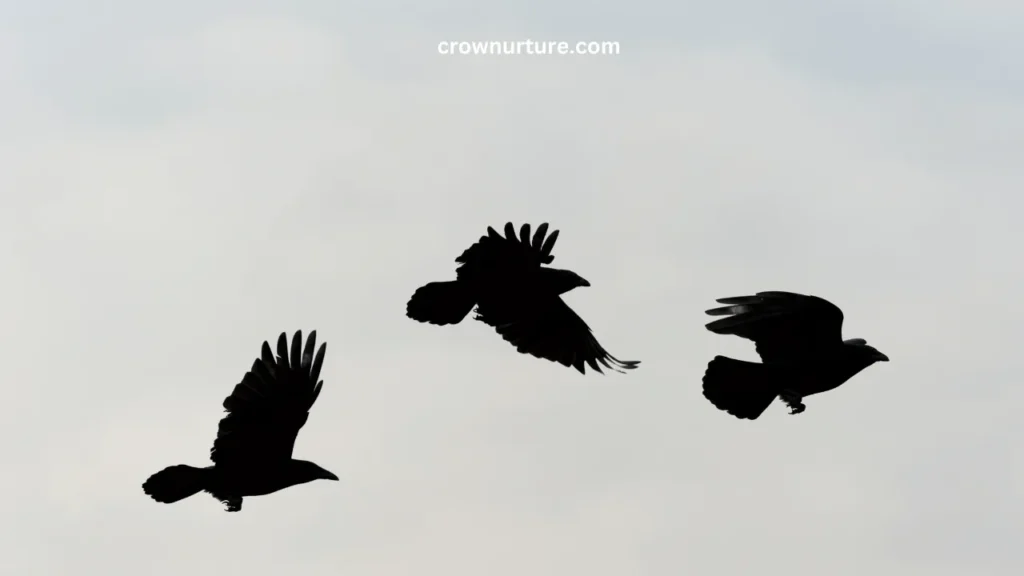
Contents
Primary Predators of Crows
Crows face threats from several predators, each exploiting different vulnerabilities.
- Birds of Prey: Hawks like the red-tailed hawk are among the most formidable predators of crows, ambushing them during flight. At night, owls, particularly great horned owls, become significant threats as crows roost. Even eagles occasionally hunt crows, with their sheer size and strength making them effective hunters.
- Mammals: On the ground, crows encounter predators like raccoons, which raid nests for eggs and fledglings. Urban environments bring predators like coyotes, which can attack adult crows, while foxes often target young crows or nestlings.
- Reptiles: Large snakes, such as rat snakes, pose a threat by climbing trees to devour crow eggs or fledglings. This predation is especially common in warmer climates where snakes thrive.
Factors Influencing Predation Risk
The likelihood of crows falling prey depends on multiple environmental and behavioral factors.
- Habitat: Crows in open fields are more exposed to aerial predators like hawks, while those nesting in dense forests face threats from mammals. Urban settings, though providing food, also increase encounters with ground predators like coyotes.
- Seasonality: Predation risk peaks during the breeding season, when nests are full of vulnerable eggs and fledglings. Similarly, fledging juveniles are inexperienced and prone to attacks.
- Population Density: High crow populations can lead to competition, making some individuals less vigilant. Overcrowded roosts also attract predators who capitalize on the increased activity.
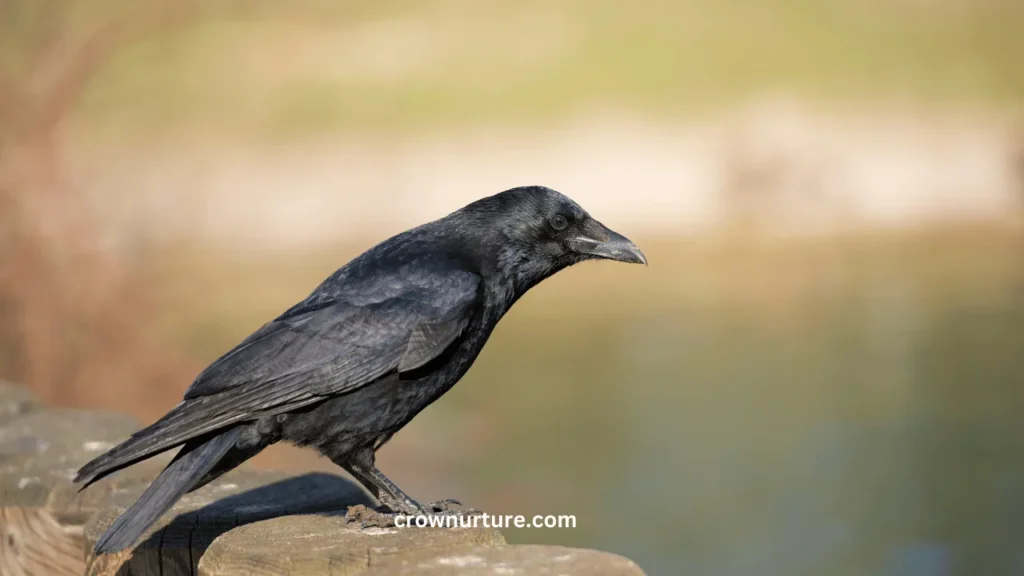
Crow Defense Mechanisms
Despite these risks, crows employ impressive strategies to protect themselves and their young.
- Mobbing Behavior: When faced with a predator, crows gather in large groups to harass and chase it away, a tactic that is often successful against hawks and owls.
- Vigilance and Alarm Calls: Crows have distinct alarm calls that warn others of approaching danger, showcasing their advanced communication skills. This collective vigilance helps the entire group stay safe.
- Nest Site Selection: Choosing safe nesting spots is another line of defense. Crows often select sites that offer a clear view of their surroundings while providing physical protection from ground-based threats.
Ecological Implications of Predation
Predation on crows is not just a survival story; it has broader implications for ecosystems.
- Population Regulation: Predation helps prevent overpopulation of crows, which could otherwise outcompete other species for resources.
- Predator-Prey Dynamics: The interaction between crows and their predators shapes the balance of ecosystems. Predators control crow numbers, while crows influence the behavior of their hunters through mobbing.
- Conservation Insights: Understanding these relationships can guide conservation efforts, ensuring that predator and prey populations coexist in harmony.
Conclusion
Crows, as adaptable and intelligent as they are, exist within the natural web of predator and prey. From hawks circling above to raccoons raiding nests, these predators remind us that even resourceful creatures like crows are part of nature’s checks and balances.
Predation is not just a challenge for crows—it’s a crucial force that maintains the health of ecosystems. By understanding these dynamics, we can better appreciate the roles every species plays, from the cunning crow to the watchful hawk.
Next time you see a crow harassing a predator or hear its sharp alarm call, take a moment to reflect on the resilience of these birds and their place in the intricate tapestry of life.
FAQs
1. What birds prey on crows?
Birds of prey like hawks, owls, and eagles are the primary avian predators of crows, especially during vulnerable times like roosting.
2. Do mammals eat crows?
Yes, mammals like raccoons, coyotes, and foxes prey on crows, particularly targeting their eggs, fledglings, or injured adults.
3. Can snakes eat crow eggs?
Large snakes, such as rat snakes, are known to climb trees to raid crow nests for eggs and fledglings.
4. How do crows defend themselves from predators?
Crows use mobbing, alarm calls, and careful nest site selection as defense mechanisms against predators.
5. Are crows at risk in urban areas?
Urban areas offer food but also bring predators like coyotes, which can pose a threat to crows and their nests.
6. Do all predators hunt adult crows?
No, while some predators target adult crows, many focus on eggs, fledglings, or juveniles, which are more vulnerable
